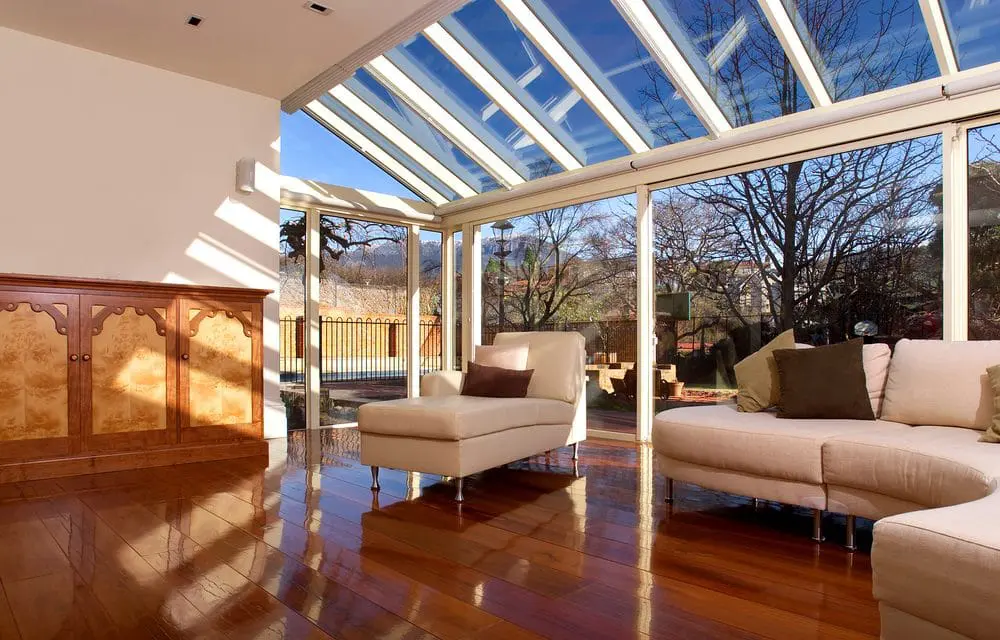Enhancing natural lighting is one of the best things you can do for your health and wellbeing, boosting productivity while decreasing stress levels and improving sleep.
As people spend most of their time indoors, having access to ample natural lighting is essential. You can achieve this goal through simple decorating changes and strategies designed to harness this renewable source of energy.
1. Open the Blinds
To maximize natural lighting in your home, it is crucial that the blinds be opened. This will allow sunlight to fill your space and make it appear larger and brighter.
Furthermore, the shade will also help shield furniture and rugs from direct sunlight, helping prevent them from fading and saving money on replacing them later.
An additional benefit of opening the blinds is lowering energy bills, since light won’t heat up your home as much if they remained closed.
2. Add a Skylight
Skylights can be an excellent way to bring more natural lighting into the room while increasing aesthetic value and value of your home. Not only will a skylight brighten up a room, but they can also increase aesthetics and value of the property.
Skylights can also help improve energy efficiency. By decreasing artificial lighting usage, they can save on your electric bills.
Skylights can add natural lighting into your home, but before installing one, there are several important considerations you should keep in mind. Here are some key benefits:
3. Paint with Lighter Colors
Color choices make a major impactful on how much natural lighting enters a room. Lighter hues reflect more natural lighting than darker ones, helping maximize natural illumination in any given area.
Selecting light-colored furniture can help add more natural light into the room. A white sofa, for instance, can do wonders in making any space seem larger and airier.
Your choice of paint finish can also have a dramatic impact on how much natural light it reflects back onto its surroundings. Matte is best for ceilings; for other areas consider increasing sheen one degree – such as eggshell or satin.
4. Use Mirrors
Mirrors can help increase natural lighting in your home by reflecting sunlight onto darker areas, making the room appear brighter throughout the day.
LED panels also help direct natural light into areas that don’t have many windows or skylights, helping reduce artificial lighting costs and energy usage.
Utilizing mirrors to maximize natural lighting is a fantastic way to make any small room appear larger and brighter, particularly dining and living rooms where people gather regularly. By adding full-length mirrors into these spaces, they create the illusion that there is more space available for movement and make them seem larger than before.
5. Keep the Shades Open
Natural lighting can not only add beauty, but can also lower energy bills and make your home more comfortable. By keeping shades open, natural lighting can more efficiently capture its effects for both illumination and heating purposes.
Your choice of shade can have an immense effect on the way a room appears and feels, so it is crucial that you carefully consider all available choices. Darker hues absorb more of the sun’s heat, warming your home more rapidly while lighter colors reflect it back into the space, cooling it down.
Motorized smart shades can help maximize natural lighting in an effective and energy-saving manner, since they can be programmed to close automatically based on time, temperature or light sensors. Furthermore, sunrise/sunset positioning of these smart shades may reduce heat gain during the day while taking advantage of solar heating at night.




